-
 Bitcoin
Bitcoin $106,782.3966
-0.72% -
 Ethereum
Ethereum $2,406.7764
-1.16% -
 Tether USDt
Tether USDt $1.0005
0.02% -
 XRP
XRP $2.0918
-1.53% -
 BNB
BNB $644.5785
-0.17% -
 Solana
Solana $141.0925
-0.69% -
 USDC
USDC $1.0000
0.02% -
 TRON
TRON $0.2721
0.18% -
 Dogecoin
Dogecoin $0.1585
-1.26% -
 Cardano
Cardano $0.5497
-1.14% -
 Hyperliquid
Hyperliquid $35.8493
-1.58% -
 Bitcoin Cash
Bitcoin Cash $502.3089
2.20% -
 Sui
Sui $2.7092
3.87% -
 Chainlink
Chainlink $12.8551
-1.85% -
 UNUS SED LEO
UNUS SED LEO $9.0548
0.53% -
 Stellar
Stellar $0.2344
-0.85% -
 Avalanche
Avalanche $17.2676
-0.23% -
 Toncoin
Toncoin $2.8282
0.56% -
 Shiba Inu
Shiba Inu $0.0...01113
-1.14% -
 Litecoin
Litecoin $83.9593
-0.93% -
 Hedera
Hedera $0.1447
0.82% -
 Monero
Monero $306.9022
-2.07% -
 Bitget Token
Bitget Token $4.6358
3.42% -
 Dai
Dai $0.9999
0.01% -
 Ethena USDe
Ethena USDe $1.0001
0.02% -
 Polkadot
Polkadot $3.3211
0.06% -
 Uniswap
Uniswap $6.8775
0.75% -
 Pi
Pi $0.5664
-0.27% -
 Aave
Aave $256.0055
1.28% -
 Pepe
Pepe $0.0...09013
-3.24%
What to do if the ADA wallet address is wrong? Common problem troubleshooting
If you send ADA to the wrong address, act quickly: stop further transactions, verify the recipient's address, and contact your wallet provider for guidance.
May 13, 2025 at 12:49 pm
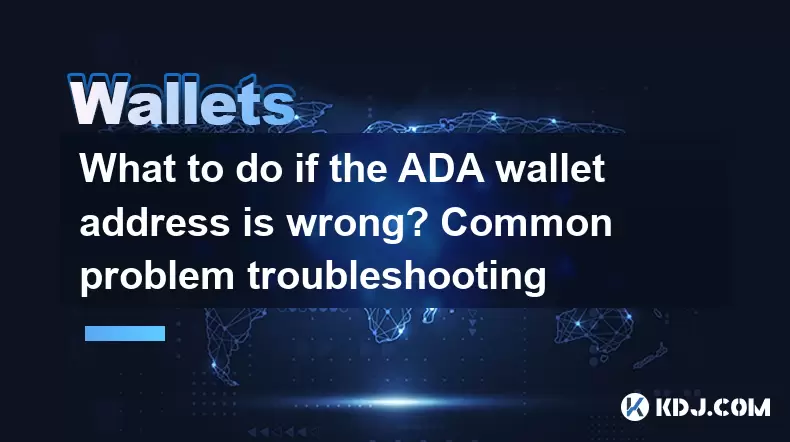
If you find yourself in a situation where you've entered the wrong ADA wallet address, it can be a stressful experience. Cardano (ADA) transactions are irreversible once they are confirmed on the blockchain, so it's crucial to address the issue promptly and correctly. This article will guide you through the common problems associated with incorrect ADA wallet addresses and provide troubleshooting steps to help mitigate potential losses.
Identifying the Problem
The first step in resolving an issue with a wrong ADA wallet address is to identify the problem accurately. An incorrect wallet address can occur due to a variety of reasons, such as typographical errors, copying the wrong address, or falling victim to phishing scams. Once you've sent ADA to the wrong address, it's important to act quickly but calmly.
To identify if you've sent ADA to the wrong address, review your transaction history in your wallet. Most wallets will display the recipient's address along with the transaction details. If the address does not match the one you intended to send to, you've likely entered the wrong address.
Immediate Actions to Take
If you realize you've sent ADA to the wrong address, there are several immediate actions you should take:
- Stop any further transactions: If you were planning to send more ADA to the same address, halt those transactions immediately to prevent further loss.
- Check the recipient's address: Verify the address you sent the ADA to. If it's a known address of a friend or a service, contact them immediately to explain the situation.
- Contact your wallet provider: Reach out to the customer support of the wallet you used. Some wallets may have additional recovery options or can provide guidance specific to their platform.
- Document the transaction: Take screenshots of the transaction details, including the sender's address, recipient's address, transaction ID, and the amount sent. This documentation can be useful for any recovery attempts or reporting.
Attempting to Recover the Funds
Recovering funds sent to the wrong ADA wallet address can be challenging, but it's not impossible. Here are some steps you can take:
- Contact the recipient: If you know the recipient, reach out to them and explain the situation. They may be willing to return the funds.
- Use a blockchain explorer: Use a Cardano blockchain explorer like CardanoScan to track the transaction. Enter the transaction ID to see if the funds have moved or if they are still in the same address.
- Engage with the Cardano community: Post about your situation on Cardano community forums or social media groups. Someone in the community might have experienced a similar issue and can offer advice or assistance.
Preventing Future Mistakes
To avoid entering the wrong ADA wallet address in the future, consider the following preventive measures:
- Double-check addresses: Before confirming any transaction, double-check the recipient's address. Many wallets allow you to scan a QR code, which can reduce the risk of manual entry errors.
- Use address book features: If your wallet has an address book feature, use it to save frequently used addresses. This can help prevent mistyping or copying the wrong address.
- Enable two-factor authentication (2FA): 2FA can add an extra layer of security to your transactions, making it harder for unauthorized transactions to occur.
- Stay vigilant against phishing: Always verify the authenticity of websites and emails before entering sensitive information or sending funds. Phishing scams can trick you into sending ADA to fraudulent addresses.
Understanding the Risks
It's important to understand the risks associated with sending ADA to the wrong address. Transactions on the Cardano blockchain are immutable, meaning once they are confirmed, they cannot be reversed. This is a fundamental aspect of blockchain technology that ensures security but also poses challenges when mistakes occur.
Additionally, if the ADA was sent to an address controlled by a malicious actor, the likelihood of recovering the funds is significantly lower. Malicious actors may quickly move the funds to another address, making it nearly impossible to trace and recover.
Legal and Reporting Options
In cases where the wrong ADA wallet address results from a scam or fraud, you may have legal and reporting options:
- Report to authorities: If you believe you've been a victim of fraud, report the incident to local law enforcement and relevant cybercrime units. They may be able to investigate and potentially recover your funds.
- File a complaint with the wallet provider: Some wallet providers have dispute resolution processes. Filing a complaint can sometimes lead to recovery if the provider finds evidence of fraud or error on their end.
- Consult a legal professional: If the amount lost is significant, consulting a legal professional specializing in cryptocurrency can provide guidance on potential legal actions you can take.
FAQs
Q: Can I reverse an ADA transaction if I sent it to the wrong address?
A: No, ADA transactions cannot be reversed once they are confirmed on the Cardano blockchain. The blockchain's immutable nature ensures that transactions are final and irreversible.
Q: What should I do if I suspect the wrong address was part of a phishing scam?
A: If you suspect a phishing scam, immediately stop any further transactions, change your wallet passwords, and enable 2FA if you haven't already. Report the incident to your wallet provider and local authorities. Be cautious of any further communication that may attempt to extract more information from you.
Q: Are there any wallet features that can help prevent sending ADA to the wrong address?
A: Yes, many modern wallets offer features like address verification, address book functionality, and transaction confirmation prompts that can help prevent sending ADA to the wrong address. Always use these features to double-check addresses before sending.
Q: How can I verify the authenticity of a wallet address before sending ADA?
A: To verify the authenticity of a wallet address, you can use the address validation feature in your wallet if available. Additionally, you can manually check the address against the one provided by the recipient through a secure communication channel. If possible, use QR codes to scan addresses instead of manually entering them.
Disclaimer:info@kdj.com
The information provided is not trading advice. kdj.com does not assume any responsibility for any investments made based on the information provided in this article. Cryptocurrencies are highly volatile and it is highly recommended that you invest with caution after thorough research!
If you believe that the content used on this website infringes your copyright, please contact us immediately (info@kdj.com) and we will delete it promptly.
- Smart Investors Navigate the AI Token Frenzy: Bitcoin Switch and Beyond
- 2025-06-28 12:30:12
- Crypto in 2025: How Web3 AI is Poised to Dominate
- 2025-06-28 12:30:12
- Crypto 2025: Spotting the Top Coins with Real Utility
- 2025-06-28 12:42:12
- Pepe Price's Wild Ride: Cryptocurrency Milestone or Just Another Meme?
- 2025-06-28 12:42:13
- BDAG Airdrop Heats Up as ADA Dips and AVAX Eyes Gains: What's the Buzz?
- 2025-06-28 10:30:12
- Crypto, Bitcoin, Buy Now: Navigating the Bullish Breakout
- 2025-06-28 10:30:12
Related knowledge

How to stake cryptocurrencies on Coinbase? Benefits and risks
Jun 27,2025 at 06:36pm
Understanding Cryptocurrency Staking on CoinbaseStaking cryptocurrencies involves locking up digital assets to support the operations of a blockchain network, typically in return for rewards. Coinbase, one of the most popular cryptocurrency exchanges globally, offers staking services for several proof-of-stake (PoS) coins. Users can stake their holdings...
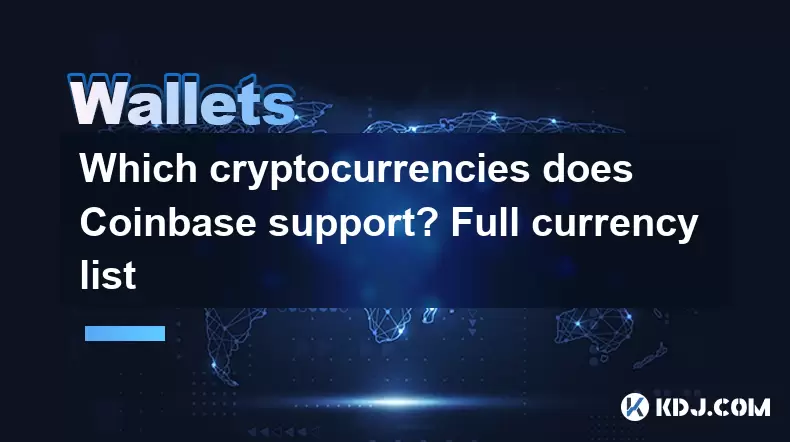
Which cryptocurrencies does Coinbase support? Full currency list
Jun 28,2025 at 08:36am
Overview of Cryptocurrencies Supported by CoinbaseCoinbase is one of the most popular and trusted cryptocurrency exchanges globally. It provides users with a platform to buy, sell, trade, and store various digital assets. As of the latest updates, Coinbase supports over 200 cryptocurrencies, including major ones like Bitcoin (BTC), Ethereum (ETH), and L...
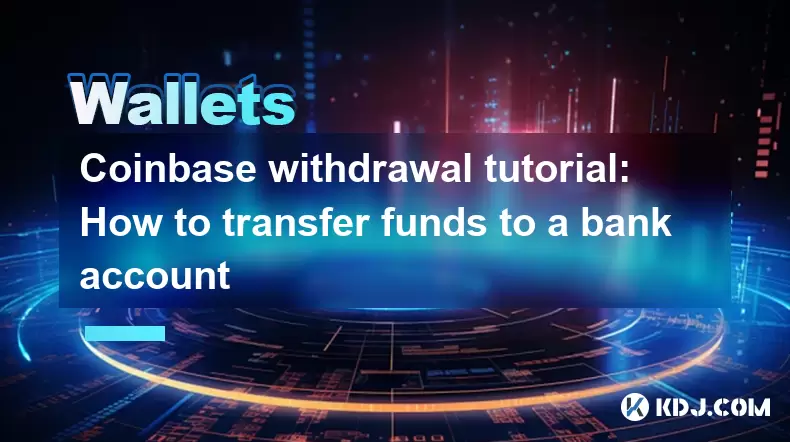
Coinbase withdrawal tutorial: How to transfer funds to a bank account
Jun 28,2025 at 02:35am
Understanding Coinbase WithdrawalsCoinbase is one of the most widely used cryptocurrency platforms, allowing users to buy, sell, and store digital assets. Once you've successfully traded or held your crypto on Coinbase, the next logical step may be to withdraw funds to a bank account. This process involves converting your cryptocurrency into fiat curren...
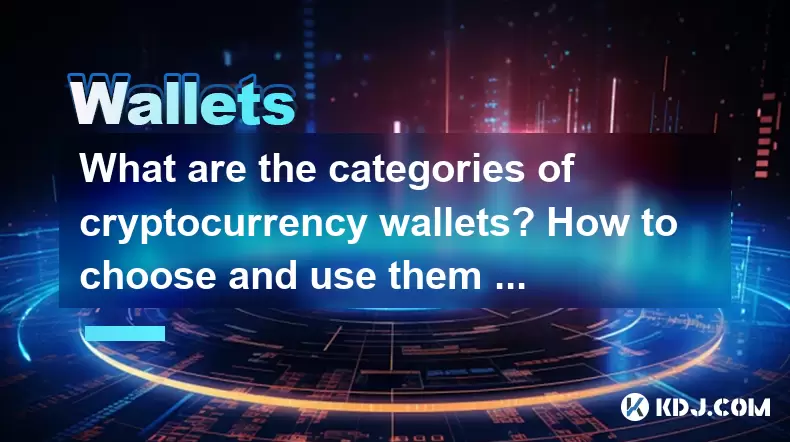
What are the categories of cryptocurrency wallets? How to choose and use them safely?
Jun 21,2025 at 10:42pm
Understanding Cryptocurrency WalletsCryptocurrency wallets are essential tools for anyone involved in the digital asset ecosystem. They allow users to store, send, and receive cryptocurrencies securely. Unlike traditional wallets that hold physical money, crypto wallets manage cryptographic keys—private and public—which interact with blockchain networks...
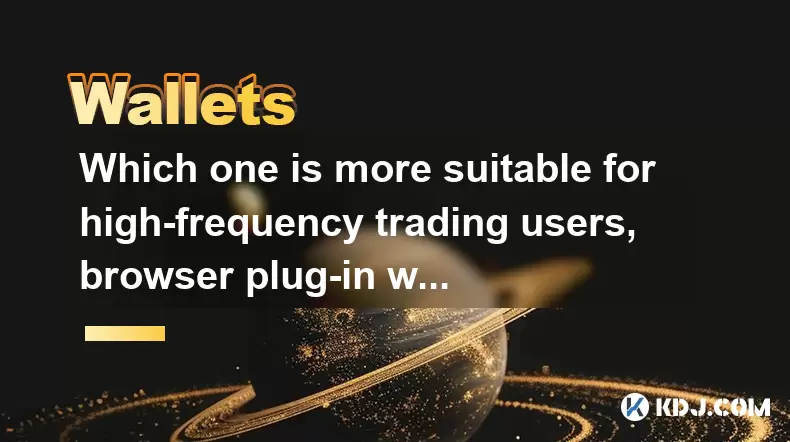
Which one is more suitable for high-frequency trading users, browser plug-in wallets or independent application wallets?
Jun 23,2025 at 08:22am
Understanding the Role of Wallets in High-Frequency TradingFor high-frequency trading (HFT) users in the cryptocurrency market, wallet selection is critical due to the need for speed, security, and seamless integration with trading platforms. HFT involves executing a large number of trades within seconds or even milliseconds, which demands a wallet that...

What are the differences between the operating mechanisms of on-chain wallets and off-chain wallets? Is there a big difference in transaction fees?
Jun 25,2025 at 08:49am
Understanding On-Chain WalletsOn-chain wallets are digital wallets that directly interact with the blockchain network. These wallets store users' private keys, which are essential for signing and authorizing transactions on the blockchain. When using an on-chain wallet, every transaction must be recorded and verified by the decentralized nodes in the ne...

How to stake cryptocurrencies on Coinbase? Benefits and risks
Jun 27,2025 at 06:36pm
Understanding Cryptocurrency Staking on CoinbaseStaking cryptocurrencies involves locking up digital assets to support the operations of a blockchain network, typically in return for rewards. Coinbase, one of the most popular cryptocurrency exchanges globally, offers staking services for several proof-of-stake (PoS) coins. Users can stake their holdings...

Which cryptocurrencies does Coinbase support? Full currency list
Jun 28,2025 at 08:36am
Overview of Cryptocurrencies Supported by CoinbaseCoinbase is one of the most popular and trusted cryptocurrency exchanges globally. It provides users with a platform to buy, sell, trade, and store various digital assets. As of the latest updates, Coinbase supports over 200 cryptocurrencies, including major ones like Bitcoin (BTC), Ethereum (ETH), and L...

Coinbase withdrawal tutorial: How to transfer funds to a bank account
Jun 28,2025 at 02:35am
Understanding Coinbase WithdrawalsCoinbase is one of the most widely used cryptocurrency platforms, allowing users to buy, sell, and store digital assets. Once you've successfully traded or held your crypto on Coinbase, the next logical step may be to withdraw funds to a bank account. This process involves converting your cryptocurrency into fiat curren...

What are the categories of cryptocurrency wallets? How to choose and use them safely?
Jun 21,2025 at 10:42pm
Understanding Cryptocurrency WalletsCryptocurrency wallets are essential tools for anyone involved in the digital asset ecosystem. They allow users to store, send, and receive cryptocurrencies securely. Unlike traditional wallets that hold physical money, crypto wallets manage cryptographic keys—private and public—which interact with blockchain networks...

Which one is more suitable for high-frequency trading users, browser plug-in wallets or independent application wallets?
Jun 23,2025 at 08:22am
Understanding the Role of Wallets in High-Frequency TradingFor high-frequency trading (HFT) users in the cryptocurrency market, wallet selection is critical due to the need for speed, security, and seamless integration with trading platforms. HFT involves executing a large number of trades within seconds or even milliseconds, which demands a wallet that...

What are the differences between the operating mechanisms of on-chain wallets and off-chain wallets? Is there a big difference in transaction fees?
Jun 25,2025 at 08:49am
Understanding On-Chain WalletsOn-chain wallets are digital wallets that directly interact with the blockchain network. These wallets store users' private keys, which are essential for signing and authorizing transactions on the blockchain. When using an on-chain wallet, every transaction must be recorded and verified by the decentralized nodes in the ne...
See all articles























































































